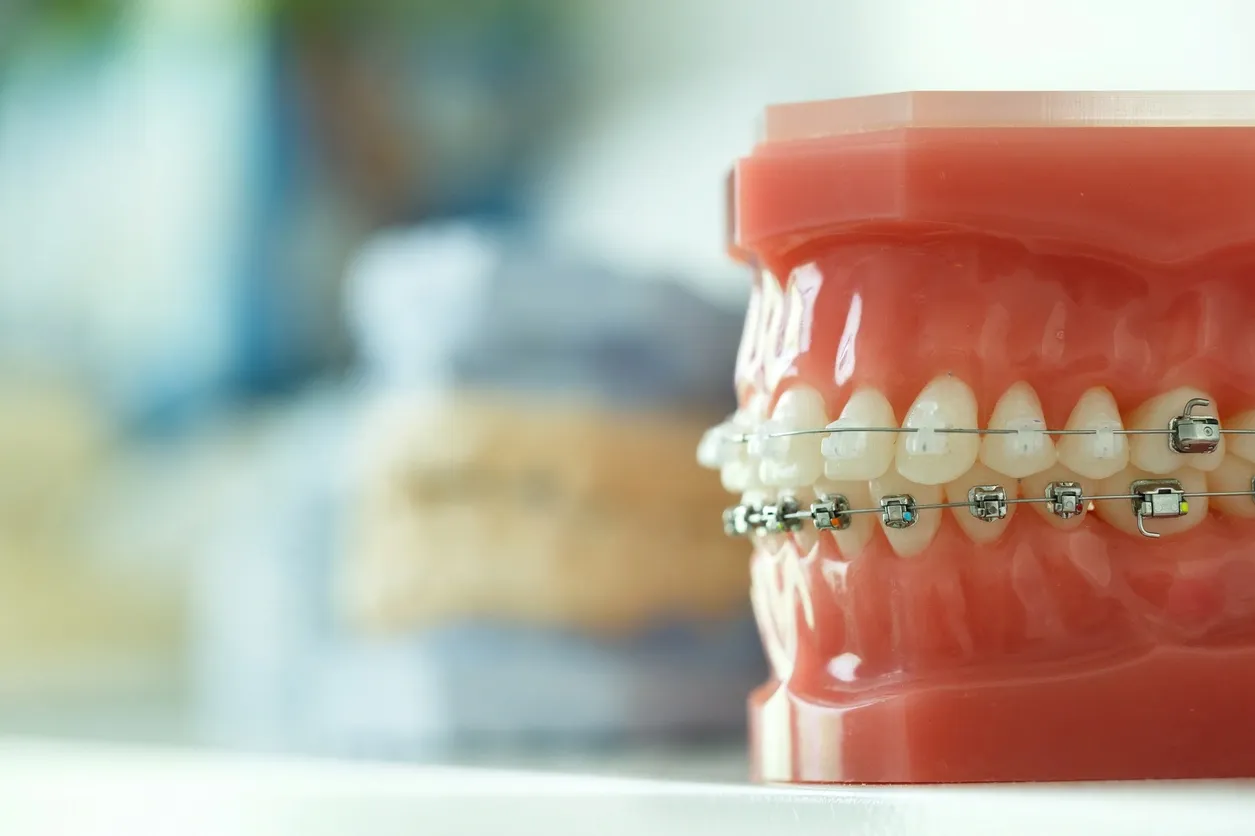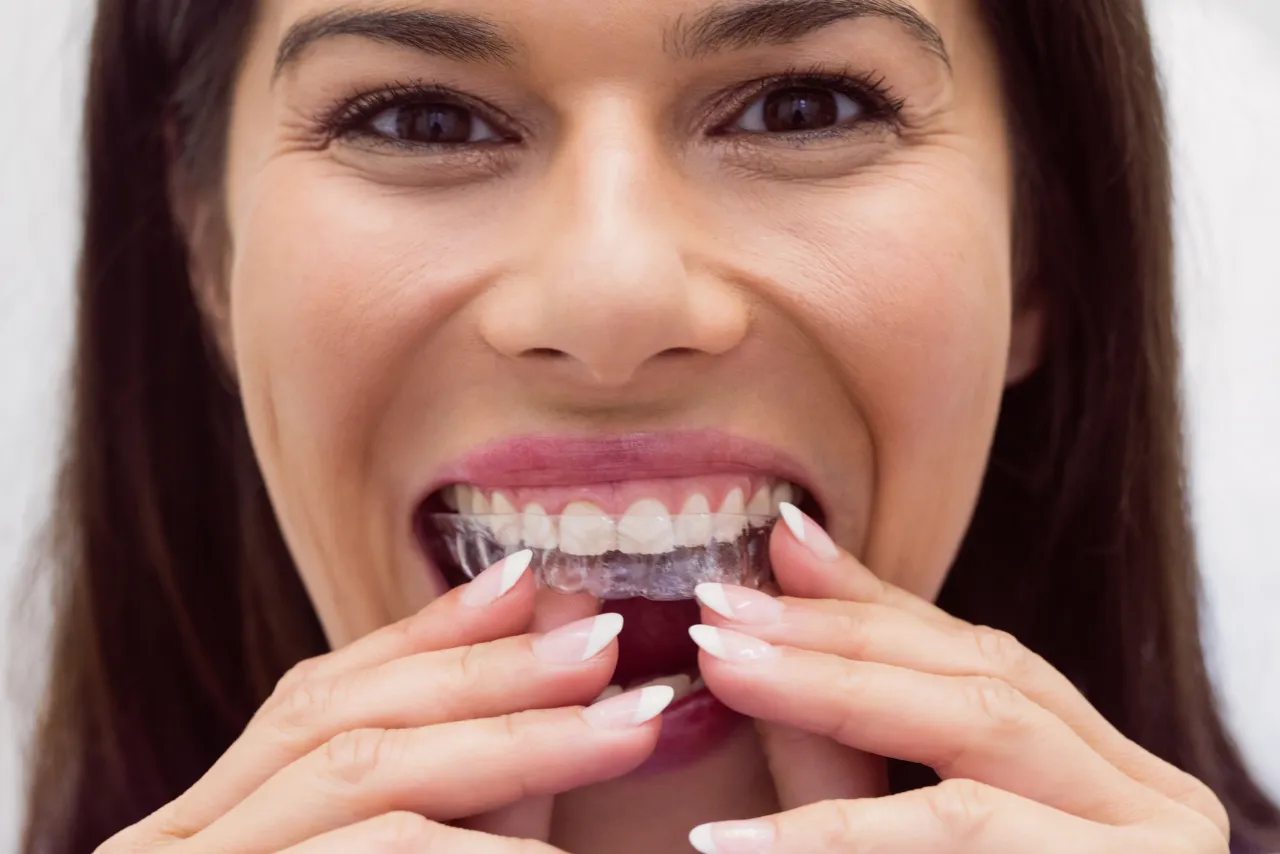
How Orthodontics Works: Braces
Successful orthodontic treatment depends on three things – pressure, time and cooperation. Braces – a fixed orthodontic appliance typically comprised of brackets, bands and wires


Successful orthodontic treatment depends on three things – pressure, time and cooperation. Braces – a fixed orthodontic appliance typically comprised of brackets, bands and wires

What if, one day, you discovered a genie in a bottle, willing to grant you three wishes. Would one of your wishes be for magically

Starting a new treatment plan with Invisalign® can be incredibly exciting. If you have been struggling with dental insecurities for a while, Invisalign clear aligners

Life with braces is an adjustment but worth it when you achieve a perfect smile. That smile is yours forever, but in the meantime, there

Today’s advanced technology provides multiple Invisalign alternatives that are convenient treatments done right from home. However, with these alternative treatment plans, you risk losing the

Are you a (now grown) child of parents who couldn’t afford braces, even though you desperately needed them? There are a lot more adults with

With braces, you can bring your teeth into proper alignment and get the smile you’ve always wanted. But, to achieve that goal, you’ll have to

Do crooked or crowded teeth make you feel self-conscious about your smile? Maybe you had treatment as a child, and your teeth have relapsed, or

VanLaecken Orthodontics’ excellent staff have been dedicated to providing compassionate and quality service to South Dakota. We combine skill with the latest technology to help